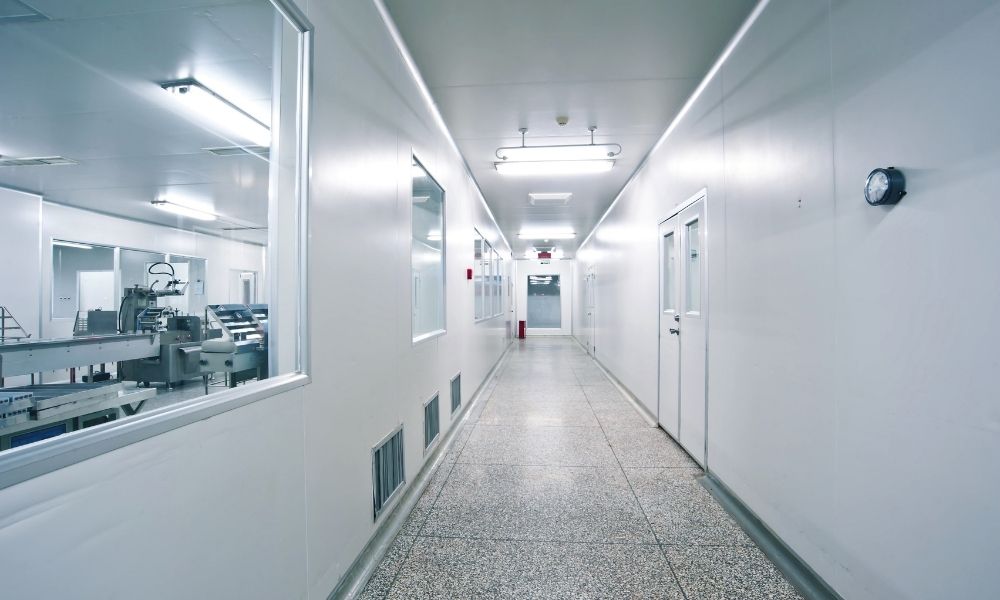
Cleanrooms are essential components of various industries, including pharmaceuticals, aerospace, and technology. These sterile locations must remain free of particles and substances that could damage the fragile products professionals create in these environments. Compromising these rooms is easier than you think, so employees must have the proper knowledge and training to operate these areas successfully. Read on to learn about factors that contribute to cleanroom contamination.
Personal Hygiene
Everything in a cleanroom must remain sterile, including the employees working within them. Washing your hands isn’t enough to disinfect yourself thoroughly. Any uncovered body parts, including your face and hair, can shed skin cells, dandruff, and other particles that can contaminate the environment and products. Even makeup and lotions can leave lingering residue, so sterilizing yourself completely before entering the facility is vital.
Improper Equipment
Another factor that contributes to cleanroom contamination is improper equipment. Things like gloves, cleaning supplies, and paper towels release particles as cleanroom operators open and use them, infecting the area with tiny but extremely harmful fragments of materials. Employees must use specially designed supplies that won’t put the environment at risk. Even obscure things like pencils, name tags, and paper can compromise the space, so practice caution when introducing equipment into a cleanroom.
Airflow Obstruction
Airflow is extremely important when it comes to keeping a cleanroom sanitary. Contractors design cleanrooms so that obstructions won’t disrupt the flow of air throughout the facility. Disturbed airflow kicks up particles and damages sensitive materials that cannot function under these conditions. It’s important for staff to consider the optimal airflow design of their cleanroom setups to avoid interrupting the air’s correct path.
Unfiltered Air
Air filters might be the most critical element of any cleanroom. These components remove a majority of harmful particles from the air before it enters the sterile environment. However, several factors can introduce unfiltered air into the space, including uncleaned filters and unsealed exterior entrances or exits. Since the purpose of a cleanroom is to provide a neutral space free from contaminants, eliminating the presence of unfiltered air is crucial.
Knowing about the top causes of cleanroom contamination can help you improve your own facility. Keep an eye out for any potential contamination situations and address them to uphold standards and protect the sterile environment.
